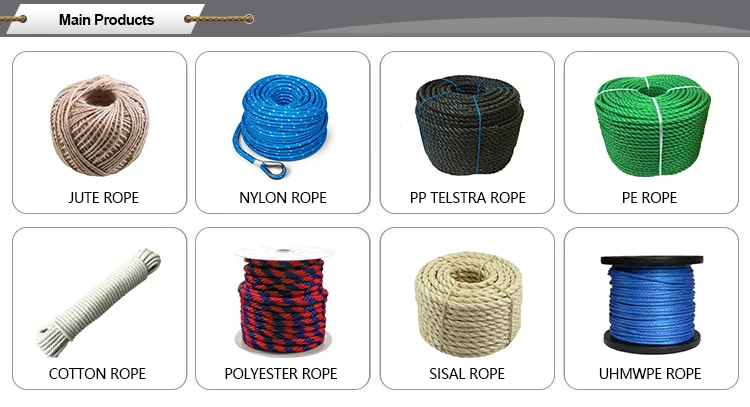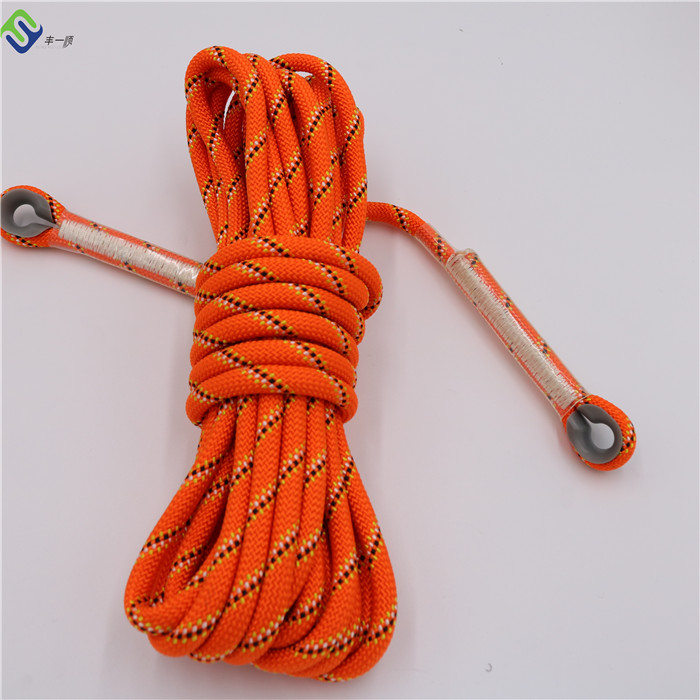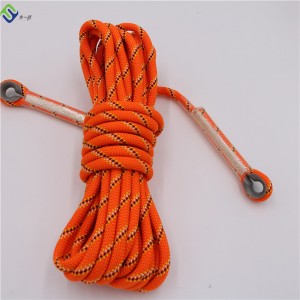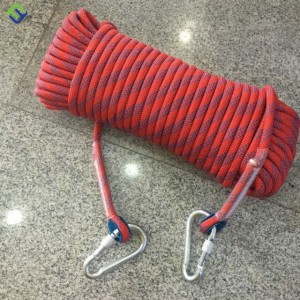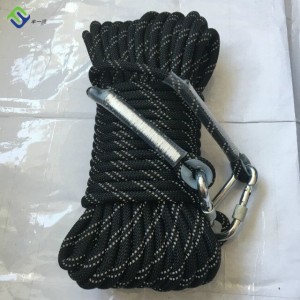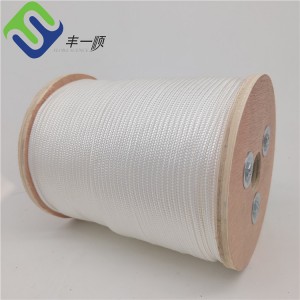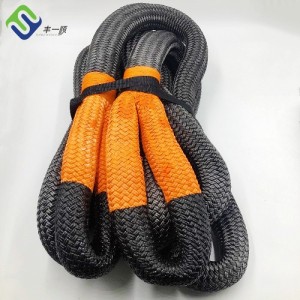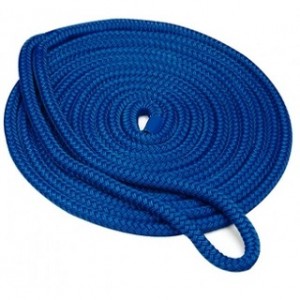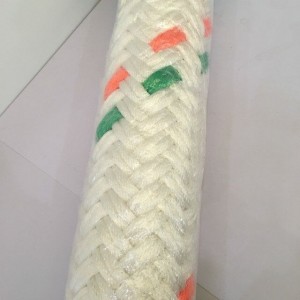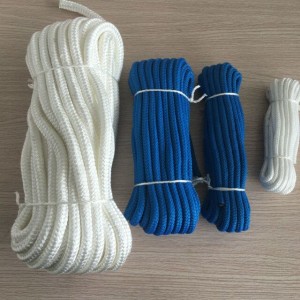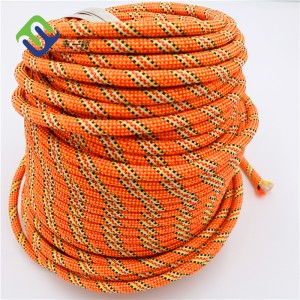Polyester Static Safety Climbing Rope 8mmx30m Black Color With Carabiber at each end



Polyester Static Safety Climbing Rope 8mmx30m Black Color With Carabiber at each end
*Rope type: The choice between single, half, twin and static ropes depends on what type of climbing you do.
*Diameter and length: The diameter and length of a rope affect the rope’s weight and durability and largely determine its best use.
*Rope features: Features like dry treatments and middle marks affect how you use the rope.
*Safety ratings: Looking at these ratings while thinking about what type of climbing you will be doing can help you choose a rope.
*Remember: Climbing safety is your responsibility. Expert instruction is absolutely essential if you’re new to climbing.
|
Diameter
|
6mm-12mm customized
|
|
Color
|
Red, green, blue, yellow, white, black and brown, customized
|
|
Main Material
|
Nylon; Polypropylene
|
|
Type
|
Dynamic and Static
|
|
Length
|
30m-80m(Customized)
|
|
Application
|
Climbing,rescue,training,engineering,protection, aloft work
|
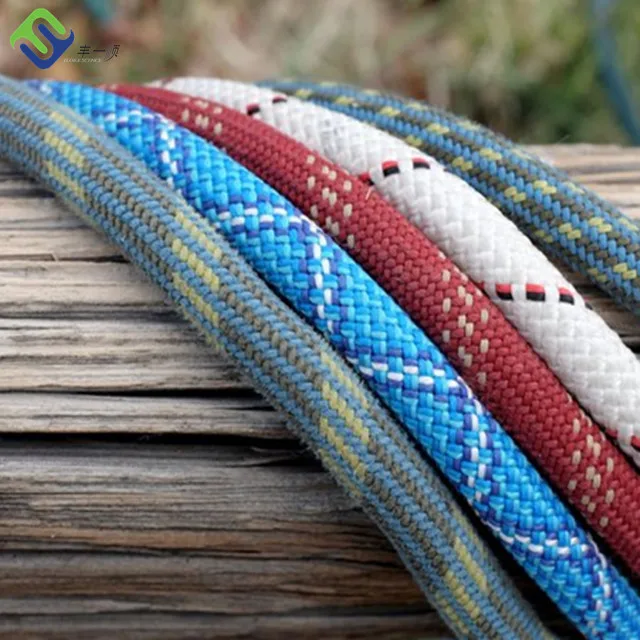
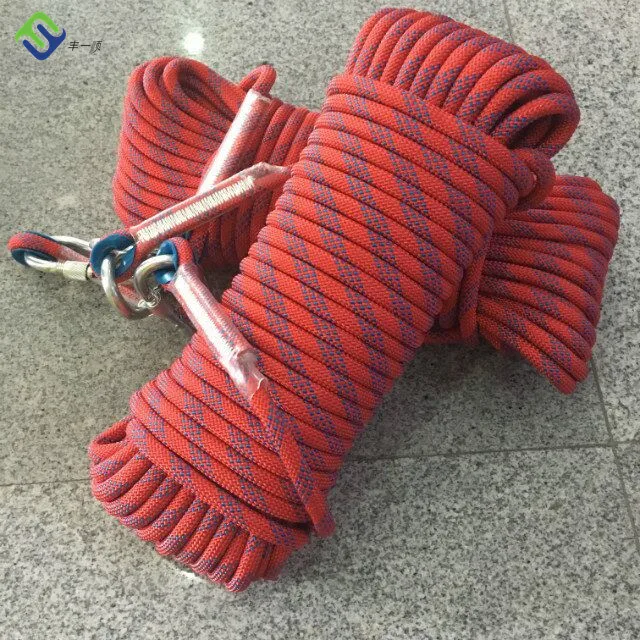



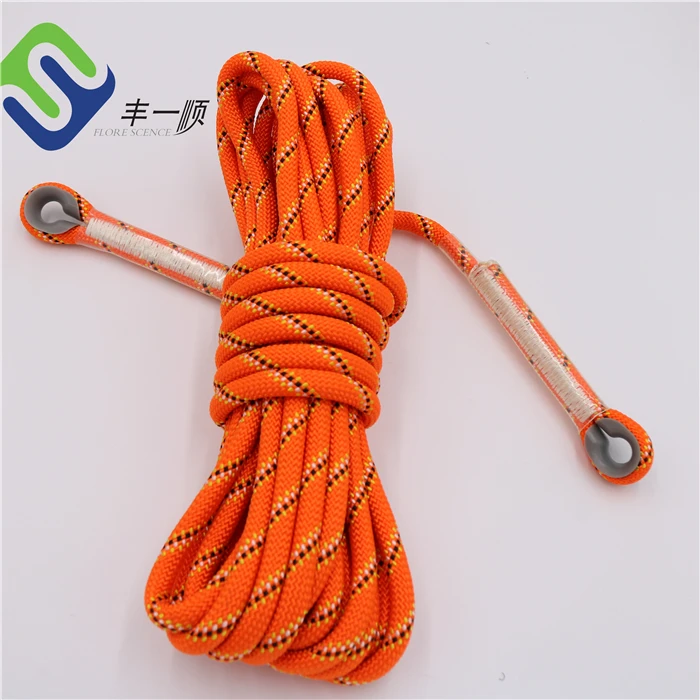

There are two main types of ropes: dynamic and static. Dynamic ropes are designed to stretch to absorb the impact of a falling climber. Static ropes stretch very little, making them very efficient in situations like lowering an injured climber, ascending a rope, or hauling a load up. Never use static ropes for top roping or lead climbing as they are not designed, tested or certified for those types of loads.

Climbing Rope Diameter
Generally speaking, a skinnier rope is lighter. However, skinnier ropes can be less durable and require more skill to safely belay with. Thicker-diameter ropes can be more abrasion-resistant and often stand up better to frequent use. If you’re top roping at the local crag, you’ll probably want a thicker rope. If you’re hiking long distances for multi-pitch climbs, you’ll want a skinnier, lighter rope.
Single ropes up to 9.4mm: Ropes in this range are very lightweight, making them ideal for long multi-pitch climbs where weight is important. However, skinny single ropes are not rated to hold as many falls as thicker ropes, they are harder to handle and they tend to be less durable.If you plan to do lots of top-roping or take repeated falls while figuring out the moves on a sport climb, choose a thicker rope.Be aware that a skinny rope can move quickly through a belay device, so you need a very experienced and attentive belayer to climb with one.
9.5 – 9.9mm single ropes: A single rope in this range is good for all-around use, including trad and sport climbing. These ropes are light enough to take into the mountains yet durable enough for top-roping at the local crag. They’re generally more durable than very skinny ropes and they are easier to handle.
Single ropes 10mm and above: Ropes with a diameter of 10mm and above are best for gym climbing, frequent top roping, figuring out the moves on sport routes and big-wall climbing. These styles of climbing can wear out a rope faster so it’s wise to go with a thicker, more durable rope.
Half and twin ropes: Half ropes typically have a diameter of about 8 – 9mm, while twin ropes are usually about 7 – 8mm thick.
Static ropes: Static ropes have a diameter of 9 – 13mm, and are commonly measured in inches, so you may see the diameter stated as 7/16″, for example.
Climbing Rope Length
Dynamic ropes for rock climbing range in length from 30m to 80m. A 60m rope is the standard and will meet your needs most of the time.
Outdoor climbing ropes: When deciding what length to buy, remember that your rope needs to be long enough so that half its length is equal to or greater than the route or pitch you’ll be climbing.For example, if a climbing route is 30m long, then you need at least a 60m rope to be able to climb up and be lowered back down off of an anchor at the top of the climb. Some modern sport-climbing routes require a 70m rope in order to lower to the ground.
Indoor climbing ropes: Shorter-length ropes, about 35m long, are commonly used for gym climbing because indoor routes tend to be shorter than outdoor routes. Again, be sure the length of rope is long enough to lower a climber.
Static ropes: Static ropes for rescue work, caving, climbing fixed lines with ascenders and hauling loads come in a variety of lengths and are sometimes sold by the foot so you can get the exact length you need.
If you’re unsure what length rope you need for a particular climbing area, it’s best to ask other climbers and consult a guidebook.
Polyester Static Safety Climbing Rope 8mmx30m Black Color With Carabiber at each end

Look for these features when you are comparing climbing ropes. They can make a difference in performance and ease of use.
Dry Treatment: When a rope absorbs water, it gets heavier and is less able to withstand forces generated in a fall (the rope will regain all of its strength when dry). When it’s cold enough for absorbed water to freeze, a rope gets stiff and unmanageable. To combat this, some ropes include a dry treatment that reduces water absorption.
Dry-treated ropes are more expensive than non-dry-treated ropes so consider whether or not you need dry treatment. If you primarily sport climb, a non-dry rope is probably sufficient since most sport climbers will pull their ropes and go home when it rains. If you will be ice climbing, mountaineering or multi-pitch trad climbing, you will encounter rain, snow or ice at some point, so choose a dry-treated rope.
Dry ropes can have a dry core, a dry sheath or both. Ropes with both offer the greatest moisture protection.
Middle mark: Most ropes include a middle mark, often black dye, to help you identify the middle of the rope. Being able to identify the middle of your rope is essential when rappelling.
Bicolor: Some ropes are bicolor, which means they have a change in weave pattern that clearly differentiates the two halves of the rope and creates a permanent, easy-to-identify middle mark. This is a more effective (if more expensive) way to mark the middle of a rope than black dye because dye can fade and become difficult to see.
End warning marks: Some ropes include thread or black dye showing that you are coming to the end of the rope. This is helpful when you’re rappelling or lowering a climber.
Polyester Static Safety Climbing Rope 8mmx30m Black Color With Carabiber at each end
Why choose us ?
1. Good service
We will try our best to remove all your worries,such as the price,the delivery time,the quality and others.
2. After sales service
Any problems can let me know,we will continue to follow up the usage of the ropes.
3. Flexible quantity
We could accept any quantity.
4.Good relation on forwarders
We have good relation on our forwarders, because we could place lots of order to them, so your cargoes can be transported by air or sea on time.
5.Kinds of certificate
Our products have many certificates, such as CCS, GL, BV, ABS, NK,LR, DNV, RS.
Black Color 8mmx10m Polyester Static Climbing Rope With UV Protection

